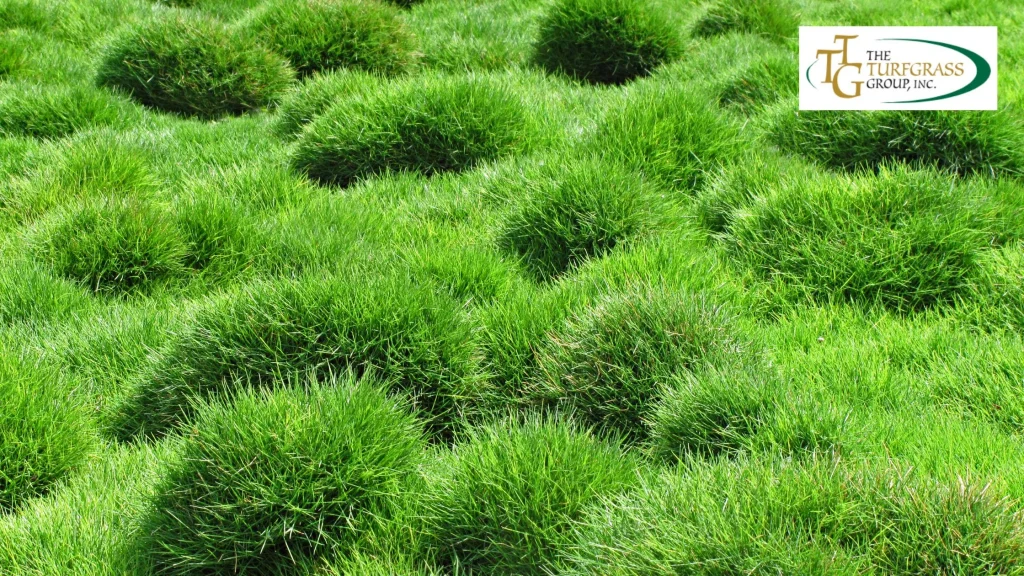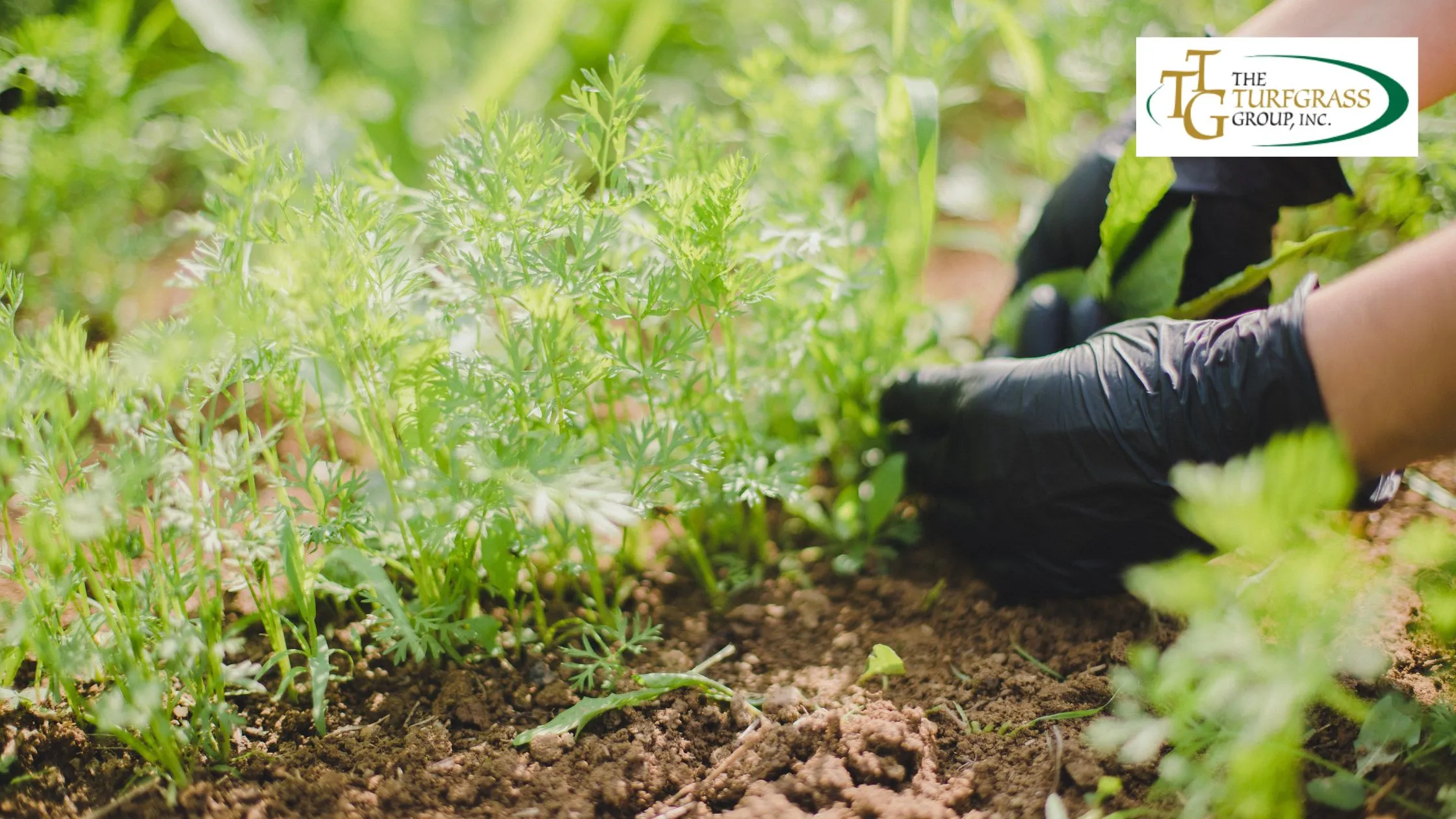
Zoysia grass is known for its durability, lush texture, and resilience in warm climates, making it a popular choice for many homeowners.
While Zoysia is more commonly associated with the heat of summer, it still requires care during the colder months.
With proper winter preparation, your Zoysia grass will remain healthy and be ready to thrive once spring arrives.
In this detailed guide, we’ll cover the essential winter care tips for Zoysia grass to ensure your lawn stays in the best possible shape during the off-season.
Understand Zoysia’s Dormant Stage
One of the unique characteristics of Zoysia grass is its ability to go dormant during the winter.
Zoysia is a warm-season grass, thriving in the heat of summer and naturally slowing down during cooler temperatures.
When temperatures drop below 55°F (13°C), Zoysia grass will enter dormancy, turning a light brown or straw color.
This is a natural response and not a sign that the grass is dying.
Understanding dormancy is crucial to winter care.
The goal isn’t to keep the grass green but to protect its roots and overall health during the colder months so that it can bounce back stronger when temperatures rise again in spring.
Prepare Your Lawn Before the Cold Sets In
Proper preparation before winter hits is critical to ensuring your Zoysia grass remains healthy throughout the cold season.
- Aeration: Aerating your lawn in late fall helps to reduce soil compaction, improve air circulation, and promote healthy root growth. This will allow water and nutrients to reach the roots more efficiently, aiding the grass’s health as it enters dormancy.
- Overseeding: If you live in an area with mild winters, overseeding with cool-season grass like ryegrass can help maintain a green lawn throughout the winter. However, this should be done cautiously, as overseeding can put stress on Zoysia grass when it emerges from dormancy.
- Remove Debris: Clear your lawn of leaves, branches, and other debris. If left on the lawn, these can create a barrier that prevents sunlight, air, and water from reaching the grass, leading to diseases like snow mold.
- Final Mow: Before the first frost, give your Zoysia grass one last mow. Set the mower to a lower height than usual to help prevent mold and fungus from developing as moisture settles on the grass during winter. However, avoid cutting too low, as this can stress the grass.
Fertilization: Stop in Early Fall
Applying fertilizer too late in the season can actually harm your Zoysia grass during the winter.
Fertilizer promotes growth, and if used too late, it can lead to tender new growth that will be vulnerable to frost damage.
- Timing: Stop fertilizing your Zoysia grass around six to eight weeks before the first expected frost. For most regions, this means stopping fertilization in early to mid-fall.
- Winter Fertilizer: If your lawn care routine includes using a winterized fertilizer, choose one that is rich in potassium. Potassium strengthens the grass and helps it endure the winter, but make sure to apply it well before the first frost.
Watering During Dormancy
Zoysia grass still requires some water during its dormant phase, though much less than during the growing season.
- Frequency: Water your Zoysia grass sparingly during the winter. If the weather is arid, water your lawn once a month. It’s crucial to avoid overwatering, as this can lead to root rot and fungal growth.
- Monitor Weather Conditions: In regions where winters are cold and dry, keep an eye on soil moisture levels. If the grass is experiencing winter drought stress, give it a light watering to prevent the roots from drying out completely.
Managing Winter Weeds

Weeds can be problematic for Zoysia grass during winter because the grass is dormant and less able to compete with invasive plants.
- Pre-emergent Herbicides: Apply a pre-emergent herbicide in late fall to prevent winter weeds from germinating. Be cautious with the timing, as applying the herbicide too late can hinder the Zoysia grass’s transition into dormancy.
- Post-emergent Herbicides: If weeds do appear in winter, you can use a post-emergent herbicide designed for use on dormant Zoysia grass. This can help control weeds without harming the dormant grass.
Protecting Zoysia Grass from Cold Damage
While Zoysia is more cold-tolerant than other warm-season grasses, it is still susceptible to damage during severe cold snaps or prolonged freezes.
Here are some ways to protect your lawn from extreme winter conditions:
- Mulching: Adding a thin layer of mulch around the edges of your lawn can help insulate the roots from the cold, especially if you live in an area prone to freezing temperatures. Be careful not to cover the grass itself, as this can lead to rot.
- Snow and Ice Management: Avoid piling snow or ice on your lawn. Large piles of snow can compact the grass and increase the risk of mold or rot. If your area experiences frequent snowfall, consider using a snow blower rather than a shovel to avoid damaging the grass.
- Traffic Control: Limit foot traffic on your lawn during the winter. Walking on dormant Zoysia grass, especially when frost is present, can break the grass blades and cause damage that will carry into the spring.
Winter Lawn Diseases and Pests
Although Zoysia grass is relatively disease-resistant, the winter months can still bring some threats, such as fungal diseases and pests.
- Snow Mold: Snow mold is a typical winter disease that can affect Zoysia grass, mainly if there is excess moisture or heavy snow cover. Preventative fungicide applications in late fall can help mitigate the risk.
- Pests: While many lawn pests are less active during the winter, some, like voles, may still pose a threat to Zoysia grass. Voles create runways under the snow, feeding on the grass and roots. To deter them, clear away excess thatch and debris where they may take shelter.
Plan for a Strong Spring Comeback
The goal of winter care is to ensure that your Zoysia grass emerges from dormancy healthy and ready to grow when spring arrives.
- Gradual Transition: When the weather begins to warm up, avoid rushing to fertilize or water the lawn. Allow the grass to come out of dormancy gradually. Once temperatures are consistently above 55°F (13°C), you can begin your regular lawn care routine.
- Soil Testing: Before fertilizing in the spring, consider doing a soil test. This will help you determine the exact nutrients your lawn needs to thrive after the winter, allowing you to apply the right fertilizer mix.
Conclusion
Winter care for Zoysia grass is all about preparation and protection.
By understanding the grass’s natural dormancy, properly preparing the lawn before the cold sets in, and taking steps to protect it during the winter months, you can ensure a healthy and vibrant lawn come spring.
Whether it’s monitoring winter weeds, managing snow and ice, or ensuring proper watering, each step plays a vital role in keeping your Zoysia grass resilient.
With the correct winter care, your Zoysia grass will not only survive the cold months but also emerge in full glory as the temperatures rise, giving you a lush and thriving lawn to enjoy throughout the warm seasons.
If you need more expert advice or personalized guidance on caring for your Zoysia grass, don’t hesitate to contact us at The Turfgrass Group.
FAQs
What happens to Zoysia grass during the winter?
Zoysia grass enters a dormant stage during the winter when temperatures drop below 55°F (13°C). It turns a light brown or straw color, which is a natural response and not a sign of the grass dying.
Should I fertilize Zoysia grass in the winter?
No, you should stop fertilizing Zoysia grass about six to eight weeks before the first expected frost. Fertilizing too late in the season can promote tender new growth that is vulnerable to frost damage.
How should I water Zoysia grass during its dormant phase?
Water Zoysia grass sparingly during the winter. If there’s a dry spell, water your lawn once a month. Avoid overwatering, as this can lead to root rot and fungal growth.
Is it necessary to aerate Zoysia grass before winter?
Yes, aerating your lawn in late fall helps reduce soil compaction, improves air circulation, and promotes healthy root growth, preparing your Zoysia grass for the winter season.
Can I overseed Zoysia grass for winter?
Overseeding with cool-season grass like ryegrass can help maintain a green lawn during mild winters. However, this should be done cautiously, as it can stress Zoysia grass when it emerges from dormancy.
How do I protect Zoysia grass from winter weeds?
Apply a pre-emergent herbicide in late fall to prevent winter weeds from germinating. For weeds that appear in winter, use a post-emergent herbicide designed for dormant Zoysia grass.
Should I mow Zoysia grass before winter?
Yes, give your Zoysia grass one last mow before the first frost, setting the mower to a lower height to help prevent mold and fungus. Avoid cutting too low to prevent stressing the grass.
What can I do to protect Zoysia grass from extreme cold?
To insulate the roots of your lawn from the cold, add a thin layer of mulch around the edges. Also, avoid piling snow or ice on the lawn and limit foot traffic during frosty conditions.
What winter diseases and pests affect Zoysia grass?
Zoysia grass can be susceptible to snow mold, a fungal disease, and pests like voles, which may feed on the grass and roots under the snow. Preventative measures include applying fungicide and clearing excess thatch and debris.
How can I prepare Zoysia grass for a strong spring comeback?
Allow the grass to come out of dormancy as temperatures rise gradually. Perform a soil test before applying fertilizer in the spring to ensure your lawn receives the proper nutrients after winter.